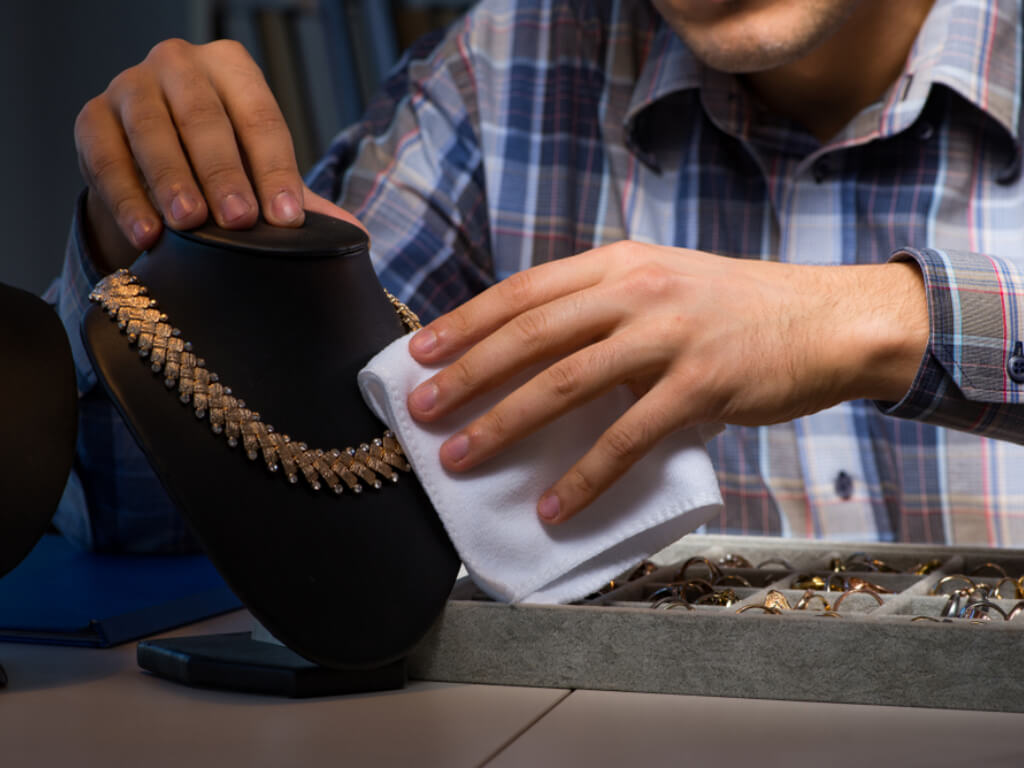How to Clean Jewelry
How to Clean Gold Jewelry
Unfortunately, for all lovers of gold jewelry, as they are worn, they tend to darken. This is due both to the oxidation of ligatures (additives to gold that provide its hardness) and to general contamination. Sweat, skin oils, dirt, detergent residues, cosmetics – all this gradually accumulates on jewelry and deprives them of their former brilliance. How to clean gold jewelry at home, we will tell in our article.
Cleaning Gold with Ammonia
Ammonia can not only bring a person to life, but also gold jewelry. To do this, follow the steps below.
- Dissolve 5-7 drops of ammonia in a glass of water.
- Soak the gold jewelry in the solution for 30 minutes.
- Remove the product and rinse it under running water.
- Wipe the jewelry dry, and then wipe it with a special microfiber, felt or flannel cloth to a shine.
Note! Ammonia has a pungent odor. When cleaning gold with it, do not forget to ventilate the room well!
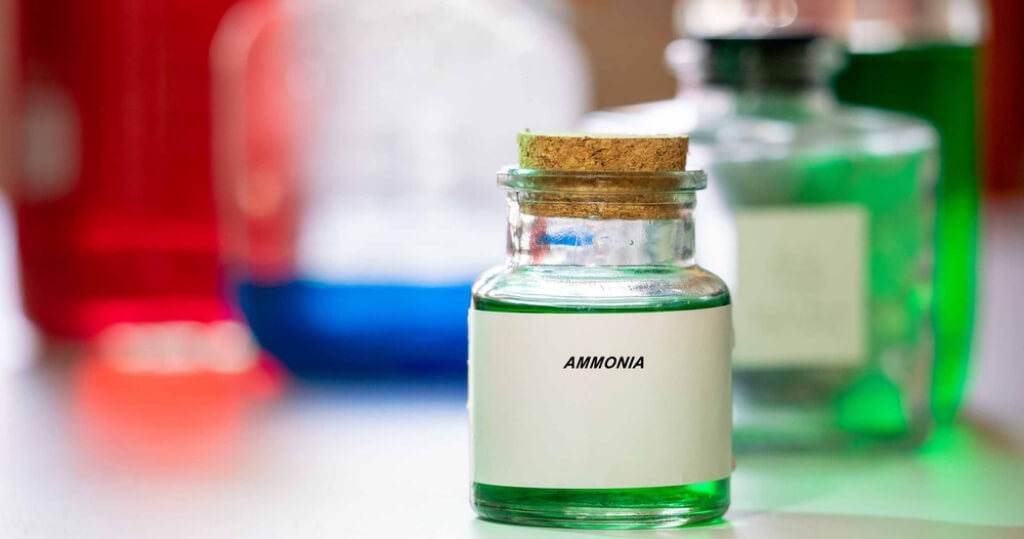
Table Vinegar
This method is suitable for cleaning yellow and red gold jewelry without any inserts.
Note! It is not recommended to clean white gold with vinegar.
- Make a vinegar solution. To do this, mix 1 part of water with 1 part of 9% table vinegar.
- Dip the product in the solution for 5-10 minutes.
- Remove the jewelry and rinse it under the tap with warm water.
- Dry and buff with a microfiber, felt or flannel cloth to a shine.
Toothpaste
Take toothpaste without any additives. Avoid using bleach paste as it contains abrasive particles that can scratch the metal. The best choice is colorless gel.
- Apply the paste to a tissue paper.
- Rub the product with a napkin in soft circular motions.
- Rinse the jewelry from the paste under running water.
- Wipe the gold item dry, and then wipe it with a microfiber, felt or flannel cloth to a shine.
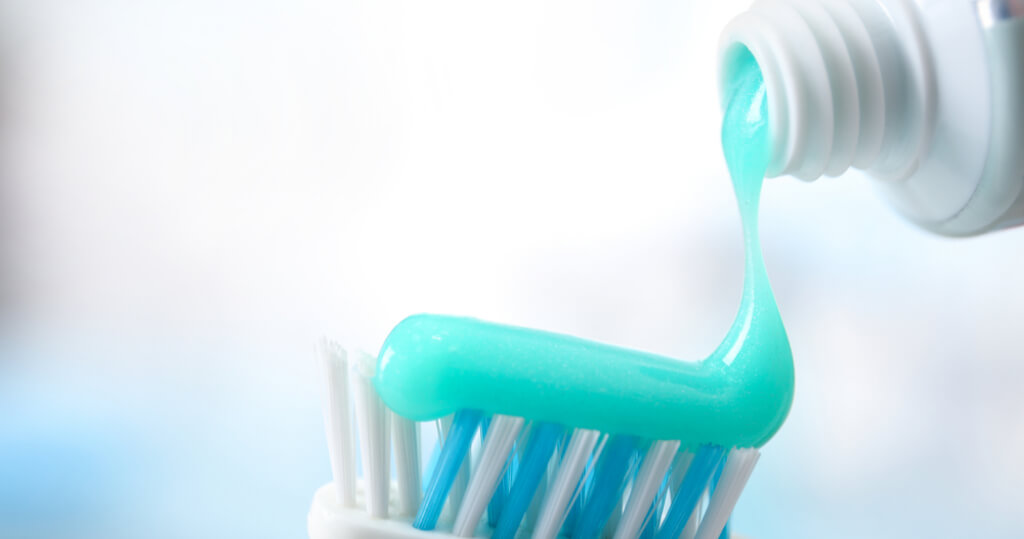
Hydrogen Peroxide
Cleaning will require 3% hydrogen peroxide, ammonia and liquid soap.
- Mix 250 ml of water, 30 ml of hydrogen peroxide, 1 teaspoon of ammonia and 1 teaspoon of liquid cream soap.
- Soak the jewelry in the resulting mixture for 3-5 hours.
- Rinse the jewelry under the tap.
- Dry the product, and then wipe with a microfiber, felt or flannel cloth to a shine.
Another version of the composition with hydrogen peroxide:
- Mix 250 ml of water with 2-3 teaspoons of hydrogen peroxide and 1.5 teaspoons of liquid soap.
- Put the gold jewelry in the resulting solution for 20-30 minutes.
- Rinse the product under running water.
- Dry the jewelry (or pat dry) and wipe with a microfiber, felt or flannel cloth to a shine.
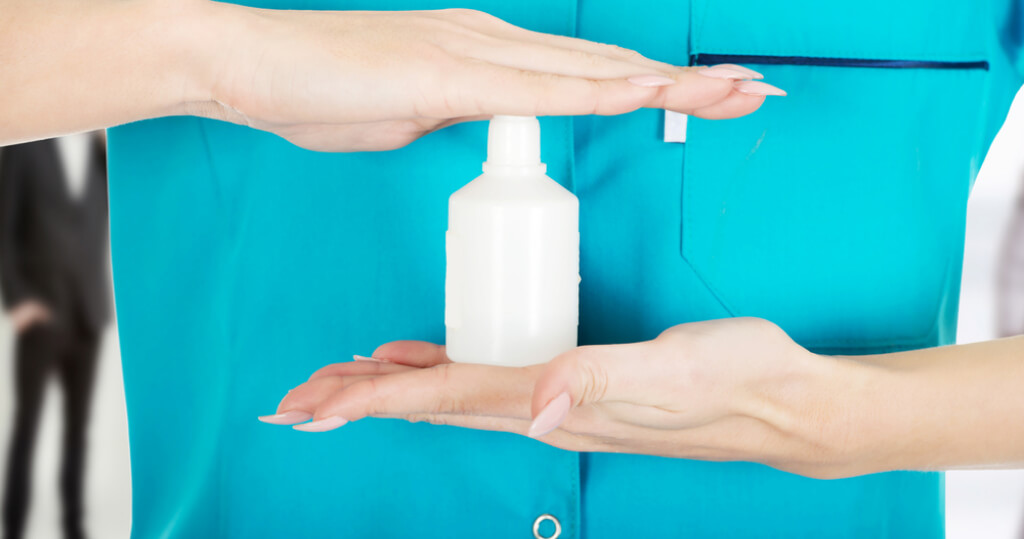
Cleaning Gold with GOI Paste
GOI paste is a special tool for polishing metals, developed by the State Optical Institute (GOI for short). There are several pastes with numbers from 1 to 4. Numbers 3 and 4 have rather large particles, they are not suitable for cleaning gold. Numbers 1 and 2 help to polish the metal to a mirror effect. It is enough to apply the paste on a cloth and rub the gold jewelry with it. After processing, the product must be washed under running water and wiped dry.
Note! GOI paste is only suitable for cleaning red and yellow gold without inserts! White gold and inlaid items should not be cleaned with this paste.
Cleaning with Contact Lens Cleaner
Lens storage is another non-banal option for cleaning gold. It is necessary to soak the jewelry in it for 1-2 hours: it will dissolve all protein deposits. After – just rinse the jewelry under running water and wipe it with a microfiber, felt or flannel cloth.
Cleaning Gold with Citric Acid
Cleaning with citric acid is recommended for red or yellow gold jewelry.
- Dissolve 1/4 teaspoon of citric acid in 200 ml of water. Make sure the crystals are completely dissolved!
- Dip gold earrings, rings or chain into the solution for 5-7 minutes.
- Rinse the jewelry under the tap.
- Dry the gold item or wipe it dry. After that, final wipe it with a microfiber, felt or flannel cloth for shine.
Note! It is impossible to clean white gold products with citric acid.
Cleaning Gold with Alcohol
Ordinary medical alcohol is applied to a cotton pad and the product is wiped. This is how you can clean yellow, red or white gold jewelry with or without inserts. After treatment with alcohol, the jewelry is washed with clean water, wiped dry and rubbed to a shine with a microfiber, felt or flannel cloth.
For complex jewelry, openwork or compound, such as chains, a water-alcohol solution can be used. Alcohol and water are mixed 1 to 1 and the decoration is soaked in it for several minutes. Afterwards, be sure to rinse with water.
Cleaning White Gold with Sugar
Jewelry made of white gold, including those with stones, can be cleaned with a weak sugar solution. For this:
- Mix 2-3 teaspoons of sugar with 250 ml of water until the crystals dissolve.
- Soak the jewelry in the solution for 12-24 hours.
- Rinse it under running water.
- Wipe dry and polish with a microfiber, felt or velvet cloth.
According to the same recipe, you can clean jewelry made of yellow, red and combined gold.

It is recommended to clean jewelry every 2-3 months. If you do not remove items (for example, a wedding ring or earrings), a more thorough cleaning may be required. We recommend contacting a jewelry workshop.
There, rings, earrings or other jewelry are guaranteed to return to their original appearance, having cleaned all the dirt. Polishing is done to remove minor scratches. Also, the jeweler always checks the strength of the stones if the jewelry has an inlay
How to Clean Silver Jewelry
Silver products most often blacken from high humidity, contact with cosmetics, sweat, detergents, rubber and other substances. Therefore, in order to prevent darkening, you should remove jewelry when washing, doing housework, dry the wet items with a flannel cloth and store them in a jewelry box. Rarely used jewelry can be wrapped in foil to protect against oxidation.
Preparing Silver for Cleaning
To prepare your silver for cleaning, first wash it in warm soapy water to remove any grease or dirt adhering to the surface. You can use a soft toothbrush to clean the recesses and recesses. Instead of soap, shampoos and dish-washing detergents are also suitable.
Cleaning Silver with Tooth Powder
Dip a damp, fluffy cloth in the tooth powder and rub it all over the item. Do this carefully and carefully so as not to damage the precious metal and leave no scratches on it.
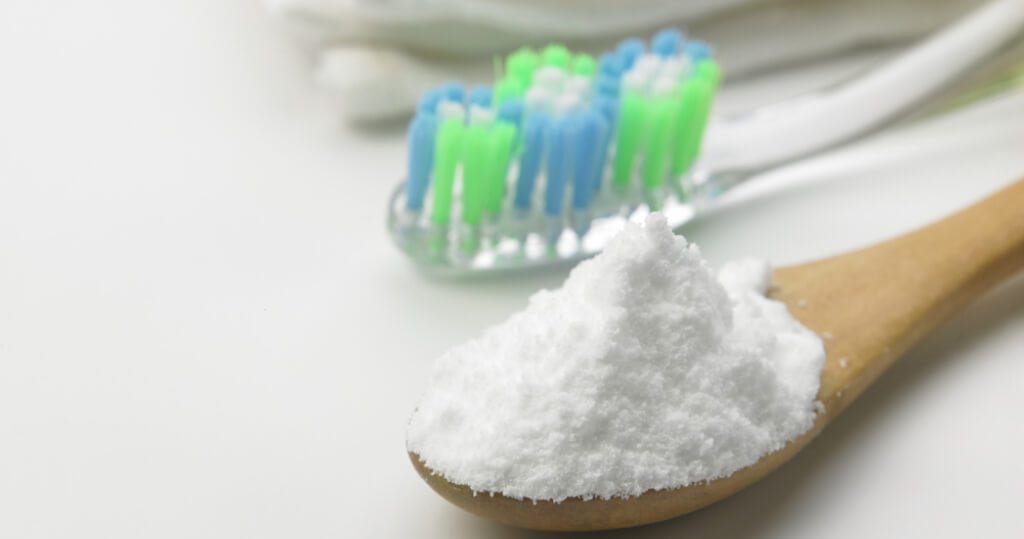
Ammonia in the Fight Against the Darkening of Jewelry
For cleaning jewelry with precious stones, ammonia is suitable. Dissolve 10 ml of ammonia in half a glass of water and dip the product into the solution for 20-30 minutes. After the procedure, dry the silver with a clean cloth.
If the darkening is insignificant, you can clean the decoration with a cloth dipped in ammonia. But to combat persistent blackness, you will have to soak the product in pure alcohol, but for a maximum of 10 minutes.
Purification of Silver with Citric Acid
Dilute 100 g of citric acid in two glasses of water, put copper wire in a container and place it in a water bath. When the liquid boils, dip silver items into the solution for 15 minutes. Then rinse the silver and dry thoroughly with a tissue.
How to Polish Silver with Baking Soda
You can also use baking soda to clean silver. Dilute it with water until a thick slurry is formed and clean it with a decoration. Another option is to dissolve 20 g of soda in a glass of water, put on the stove and bring to a boil. Dip the product with a piece of foil into boiling liquid and remove after 15 minutes.
Effortless Silver Cleaning
Pour two cups of water into an aluminum pan, add a teaspoon each of salt and baking soda and 10 ml of liquid dish-washing detergent. Mix the ingredients and put the pan on the fire. Dip the product in the solution and boil for 30 minutes. This recipe will allow you to clean plaque from silver without any mechanical effort.
What not to do
- Cleaning silver with dry soda, salt – this can scratch the product.
- Abrasives and coarse brushes are also not recommended for gilded silver. For such products, the most gentle methods are needed. For example, a simple eraser can help out, with which jewelry is polished. The second option is soaking in warm water with a few peeled potatoes.
- Blackened silver should not be boiled or exposed to ammonia. It is better to choose a soapy solution.
- Silver jewelry with pearls, amber, corals is the most fragile, they are not suitable for aggressive compositions. You can wash products with soap or contact specialists.
To keep the result for a long time, silver products are not used immediately after cleaning – it is better to leave them for a couple of days in a box. Cleaning for prevention should be done once every couple of months – this will save the metal from severe darkening.
How to Clean Copper Jewelry
Copper jewelry loses its elegant fresh look over time. Copper bracelets and rings fade, turn green and become covered with dark spots. But we want to please you, cleaning copper jewelry is easy and does not take much time and does not require special chemicals.
We present to your attention 3 environmentally friendly and practical ways to clean copper.
Vinegar and Salt
The combination of vinegar and salt removes oxidation from the surface of copper jewelry.
- Pour the surface of the copper product with vinegar with table salt dissolved in it.
- Rub this mixture in properly, erasing the plaque.
- Wash off with water.
- Wipe the surface of copper jewelry with a clean, soft, dry cloth.
Lemon
You can remove plaque from a copper bracelet or ring with lemon.
- Cut the lemon into two halves.
- Take one half and rub it on the surface of the copper jewelry until the plaque comes off.
This method will be even more effective if half a lemon is pre-salted.
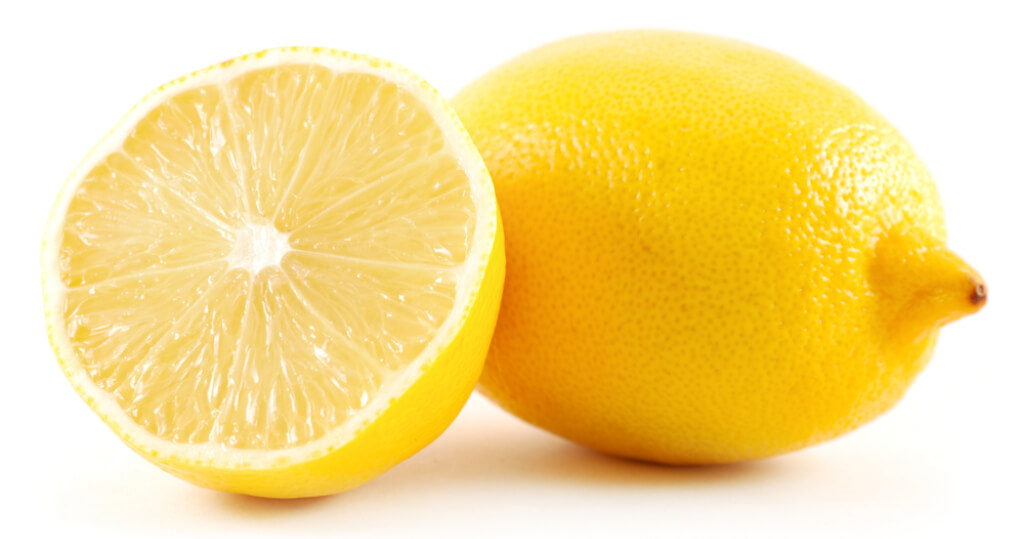
Ketchup
Believe it or not, nothing is as wonderful at removing oxide from a copper surface as ketchup.
- Spread the ketchup in an even layer on the surface of the copper bracelet.
- Leave it for a few minutes.
- Then wipe vigorously with a cloth or soft sponge. Rinse with water.
Copper bracelet will be like new!
How to Clean Stainless Steel Jewelry
Stainless steel jewelry is popular because it is lightweight and has a trendy look. It can last a long time and look like new if kept clean. It gets dirty from time to time and when it does, you will need to clean it up. Fortunately, there are different ways to clean stainless steel jewelry.
1. Fill two small bowls with warm water. One of the bowls will be used for washing jewelry, and the other for rinsing. Make sure the bowls you use are large enough to completely submerge your decorations.
2. Add 2-3 drops of mild dish soap to the first bowl. If your jewelry is very dirty, look for a dish-washing detergent that fights grease.
3. Dip a corner of a soft, non-abrasive, lint-free cloth into the soapy water. This is essential for cleaning jewelry, especially if it contains gemstones, as it will prevent scratches. Try using a microfiber cloth; it is soft, non-abrasive and lint-free.
4. Wipe the decoration with a cloth. Be sure to go along the fibers, not across them. If you rub along the lines of the fibers, you risk scratching your jewelry.
5. Use a soft bristled toothbrush to remove dirt from the detailed areas. Again, follow the texture, not the texture. In addition, you should not press too hard on the skin and do not rub it too hard. However, don’t rub the gems or you risk scratching them.
How to Clean Brass Jewelry
Brass jewelry has a nice soft sheen, but over time it gets dirty and tarnishes. To restore the original shine is often possible by simply washing in soap and water; this will remove everyday dirt adhering to your jewelry. If that doesn’t work and the metal still has a matte, dull look, it will need a more thorough cleaning.
1. Plug the sink. Cleaning is done over the sink. Even if you can’t be blamed for being awkward, the water and soap used in cleaning will make the item slippery. If the jewelry slips out of your hands, it can be washed down the drain, so the drain must be closed with a cork before cleaning.
2. Place the jewelry under hot water. Scrub the item with your fingers or a soft toothbrush, gently removing dirt particles from the brass. Rub with care so as not to scratch the metal. Don’t worry if you can’t remove dirt from the inside of the chain or other hard to reach places. Adhering dirt is usually washed off with soapy water.
3. Fill a small cup with hot soapy water. The soap should be very mild; you can, for example, use a mild dish-washing detergent. Harsh soap can damage brass; scented or other specialty soaps are also not suitable, as they can lead to the formation of a surface film that quenches the luster of brass. Stir the water and knead the soap with your fingers until the detergent is completely dissolved and foam forms on the surface of the water.
4. Put the decoration in the cup. Leave it in the cup for five to ten minutes. This time should be enough for dirt particles remaining in hard-to-reach places to leave the metal surface and wash off with soapy water.
5. Lightly rub the decoration. Gently wipe the item with a clean and soft cotton cloth without removing it from the water. Holding the fabric with your thumb, make slow circular movements with it, focusing mainly on the edges of the product. Don’t press too hard. You can also use a soft-bristled toothbrush instead of a cloth.
6. Rinse the metal again. Remove soap residue by completely dipping the jewelry in warm water. First make sure that the sink drain is still blocked.
7. Air dry the decoration. Place it on a clean cloth or paper towel and let it sit for half an hour or until it dries. To speed up the process, you can gently blot the jewelry with a clean towel, then lay it to dry anyway, giving the water time to evaporate from hard-to-reach surfaces.

